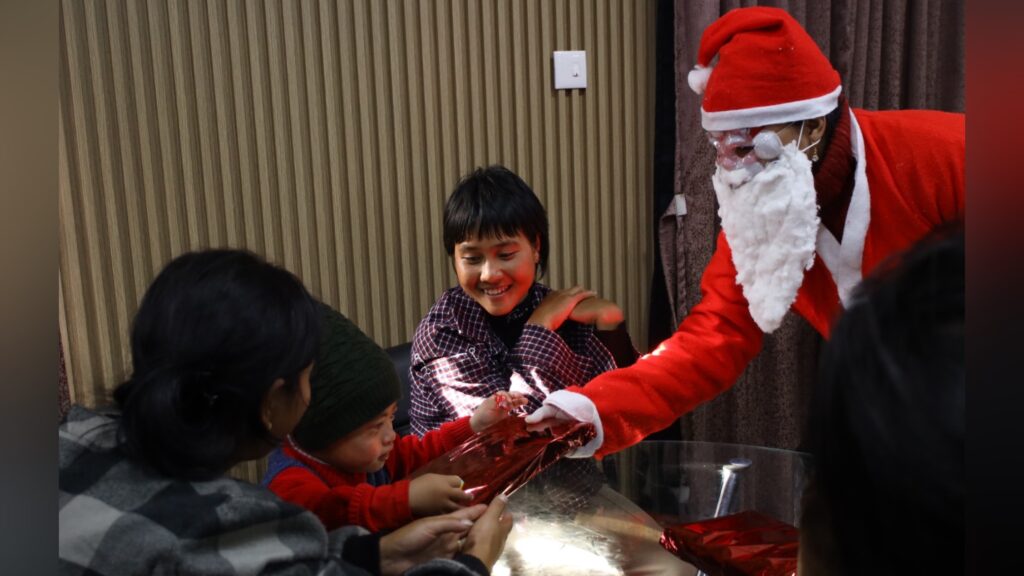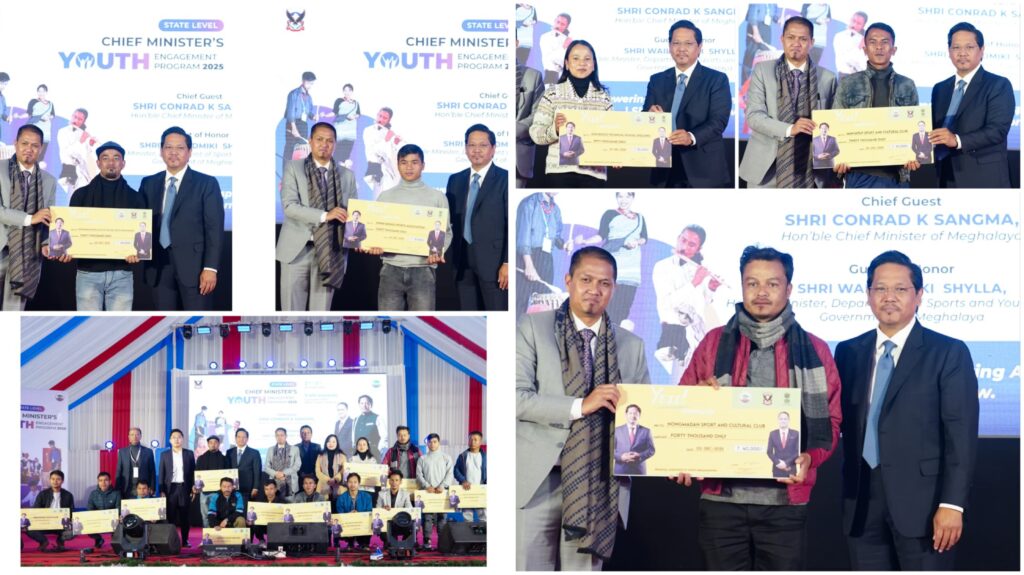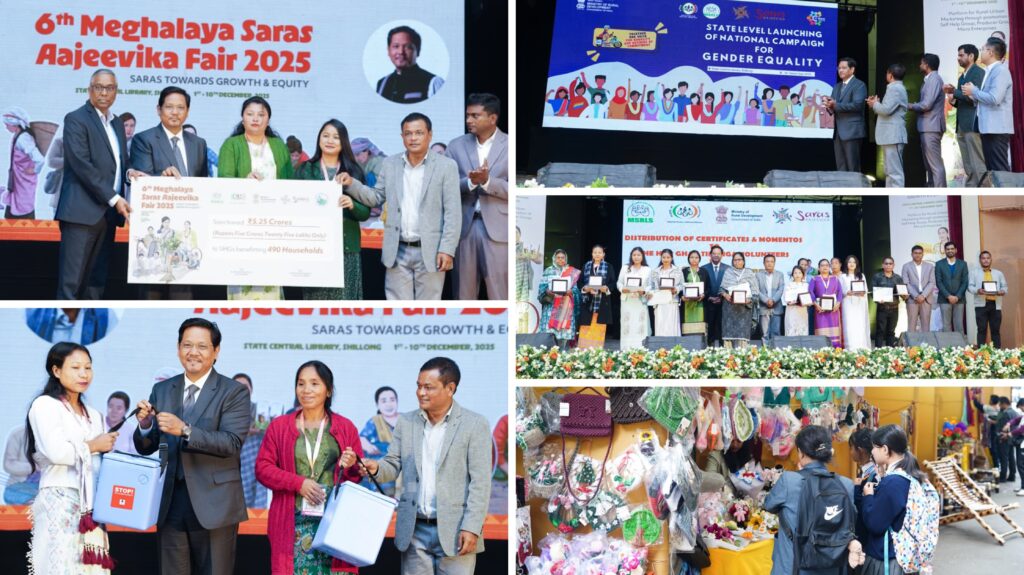Shillong, June 26 : Meghalaya marked the International Day Against Drug Abuse and Illicit Trafficking with a state-level observance at the State Convention Centre, where Chief Minister Conrad K. Sangma presented a resolute and comprehensive vision to combat the drug menace. Organized by the Social Welfare Department in collaboration with Meghalaya Police, Meghalaya AIDS Control Society, and the Drug Reduction, Elimination and Action Mission (DREAM), the event rallied leaders, frontline workers, and communities under the theme “Breaking the Chains: Prevention, Treatment and Recovery for All.”
In his keynote address, Chief Minister Sangma emphasized that the fight against drugs extends beyond law enforcement, encompassing public health, social, and developmental issues. “DREAM is our mission to fight this together — as a state, as a people,” he declared, outlining a holistic recovery approach involving health systems, education, youth engagement, and strong community partnerships.
The Chief Minister highlighted significant achievements in law enforcement, revealing that Meghalaya Police has seized narcotics worth over ₹1,000 crores, including heroin, ganja, opium, and crystal meth, in the past three years. A total of 1,031 drug cases have been filed, with more than 422 already charge-sheeted. He also announced further strengthening of specialized units like the Anti-Narcotics Task Force (ANTF) and the introduction of new tools such as drug scanners and trained canine squads.
Urging collective action, he appealed to every citizen – educators, community leaders, NGOs, and families – to join the fight. “Let us not point fingers. Let us join hands. The youth of Meghalaya are our greatest asset, and we will not allow drugs to rob them of their future. We will fight this battle together — and we will win,” Sangma asserted before leading the gathering in a solemn pledge as part of the National Nasha Mukt Bharat Abhiyan.
The government’s flagship initiative, the Drug Reduction, Elimination and Action Mission (DREAM), is a comprehensive, multi-sectoral program designed to address both the supply and demand aspects of substance abuse. Under DREAM, the government has committed ₹50 crores over five years to support rehabilitation centers, particularly those run by faith-based and community-led organizations, with additional funds to be mobilized as needed. The mission actively collaborates with village councils, youth clubs, SHGs, and faith-based institutions for awareness, treatment, and rehabilitation efforts. A Memorandum of Understanding was also signed with the Society for Promotion of Youth and Masses (SPYM), a national organization, to develop customized toolkits and training modules for schools, teachers, local communities, and NGOs, fostering a drug-resilient society.
Social Welfare Minister Paul Lyngdoh reinforced the government’s multi-pronged strategy. He lauded the Meghalaya Police for dedicating the ANTF exclusively to drug enforcement and noted the introduction of preventive-detention provisions under the NDPS Act for repeat traffickers. Calling for community solidarity, he stated, “We need every ward and every dorbar to become a nerve-centre of vigilance and compassion. This fight is not ‘us versus them’; it is ‘all of us versus drugs’.” He also drew a parallel to Meghalaya’s resilience, recalling how the historic Pinewood Hotel was built just a year after the devastating 1897 earthquake, urging communities in vulnerable areas to unite for healing and enforcement.
Offering a clinical perspective, Consultant Psychiatrist Dr. Pakha Tesia delivered an expert talk on “Understanding Addiction: From Triggers to Treatment,” emphasizing that addiction is a complex brain disorder requiring integrated care. “Medication stabilises the brain, but counselling, life-skills training and family support complete the recovery circle,” he stressed, advocating for early intervention in schools and the expansion of community-run rehab facilities under DREAM.
A poignant moment of the program was the testimony of Isaac Surong, a young recovery champion, who shared his personal journey from childhood substance use and heroin addiction to healing and purpose through faith, support groups, and rehabilitation. Chief Minister Sangma, visibly moved, affirmed, “Isaac’s story is one of hope, courage and the human spirit. We will continue to walk with him and others like him.” The event also celebrated over 20 Recovery Champions and honored various Community Champions and grassroots organizations for their vital contributions to prevention, outreach, and rehabilitation. The program concluded with musical and dramatic performances, expert talks, and interactive sessions, alongside the felicitation of winners from awareness-building activities such as football and basketball tournaments and the Cycle Rally for Recovery.








